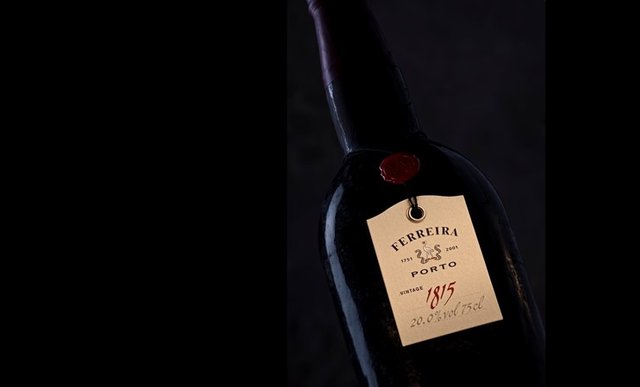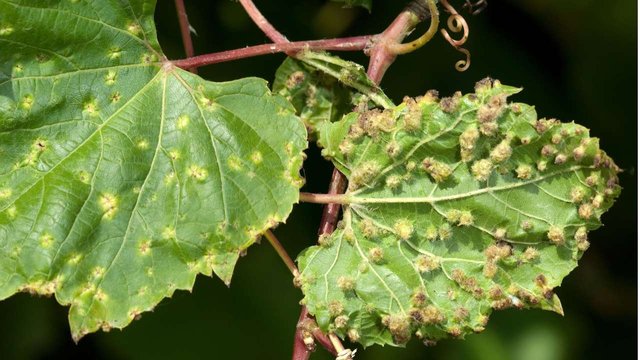Port Wine - Unveiling one of the most famous wines

It is interesting that such a popular and known drink was created almost by accident. It is believed that during the XVII century british merchants added brandy to the Douro wine to preserve it. But this technique was already used by portuguese sailors long before.
By the late 1850s and early 1860s, European botanists and winegrowers had begun importing North American grapevines. These scholars were not aware that in many cases these vines brought small yellow insects that fed on their roots. Unlike the american vines, the europeans were not equipped with defense mechanisms against these insects named Phylloxera Vastatrix or just simply Phylloxera. This meant that vast number of vines around the Douro region died and the Port wine was almost extinct.  Image of a vine affected by Phylloxera. Credit to scmp
Image of a vine affected by Phylloxera. Credit to scmp
Unlike conventional wines, Port wine is obtained by stopping the fermentation of the grape juice after two to three days by adding brandy. This method gives the Port wine its sweetness because the sugars present in the grape juice have not all been converted into alcohol as it happens in the normal red wine.
The Port wine has three main types as follows:
Ruby: Are red wines that age in large (usually more than 20 thousand liters) oak barrels. Due to the low contact with the barrel wood (small surface/volume ratio) the wine preserves longer its initial characteristics due to the low oxidation. Due to this fact Ruby wines have a similar color to red wines and are very fruity (usually red fruits). In this type of wine, in ascending order of quality, are the Ruby, Reserve, Late Bottled Vintage (LBV) and Vintage.
Tawny: Are also red wines made of the same grapes as the Ruby, but only stage in the big barrels for two to three years and then are transferred to smaller 550 liters barrels. This allows a higher contact of the wine with the wood. As a result there is a higher oxidation making the Tawny lose its original color and become lighter than the Ruby. As the Tawny ages, it acquires complex and rich flavors of wood, nuts, coffee, chocolate and honey. The existing categories are Tawny, Tawny Reserve, Tawny with age indication (10, 20, 30 and 40 years) and Harvest.
White: Is made exclusively from grape juice which during the fermentation process has no contact with the must and is aged in large (usually more than 20 thousand liters) oak barrels. Typically white Port wines are fruity. They can be categorized as dry, medium dry or sweet depending on the sweetness.
Image credit: sabado
Don’t forget to upvote if you have enjoyed. Also feel free to comment any questions that you may have. Resteeming is also welcomed.
Yum! I like beer but wines as well! Thanks for the follow!
I also like beers alot! And you have great posts about beer =)
Thank you. I try to keep up with the growing quality here ;)